The 10 Best Low Calorie Foods for Weight Loss
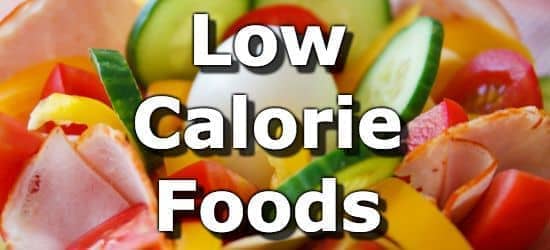
For those looking to lose weight, including low-calorie foods in your diet is an essential step. This article provides you with a list of healthy, low-calorie foods to incorporate.
Low-calorie foods include water, tea, salad greens, soup broth, mushrooms, strawberries, vegetable soup, whole grain toast, cod, eggs, and low-fat cottage cheese. An average woman on a weight-loss diet should aim to eat between 1500-1800 calories per day, depending on how active they are. Men will require approximately 500 calories more.
Below are 10 healthy low-calorie foods, for more see the full ranking of all foods low in calories.
List of Low Calorie Foods
 1 Water
1 Water| Calories per 8oz Cup | Calories per 100g |
|---|---|
| 0 calories | 0 calories |
Club soda, herbal and green teas also have 0 calories. Green tea has also been shown in studies to aid fat loss.
See the complete ranking of beverages low in calories.
 2 Salad Greens (Watercress)
2 Salad Greens (Watercress)| Calories per Cup | Calories per 100g |
|---|---|
| 4 calories | 11 calories |
More Salad Greens Low in Calories
- 5 calories per cup of arugula
- 5 calories per cup of lettuce
- 16 calories in a cup of cucumber
See the list of low calorie vegetables.
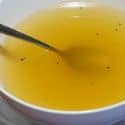 3 Broth
3 Broth| Calories per Cup | Calories per 100g |
|---|---|
| 11 calories | 5 calories |
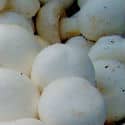 4 Vegetables (Mushrooms)
4 Vegetables (Mushrooms)| Calories per Cup | Calories per 100g |
|---|---|
| 15 calories | 22 calories |
More Vegetables Low in Calories
- 19 calories per cup of radishes
- 35 calories per cup of eggplant
- 40 calories per cup of asparagus
See the list of low calorie vegetables.
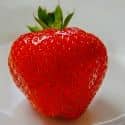 5 Fruits (Strawberries)
5 Fruits (Strawberries)| Calories per Cup | Calories per 100g |
|---|---|
| 53 calories | 32 calories |
More Fruits Low in Calories
- 60 calories per cup of peaches
- 60 calories per cup of cantaloupe
- 62 calories per cup of grapes
See the list of low calorie fruits.
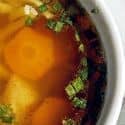 6 Vegetable Soup
6 Vegetable Soup| Calories per Cup | Calories per 100g |
|---|---|
| 67 calories | 28 calories |
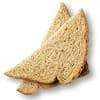 7 Whole Grain Toast
7 Whole Grain Toast| Calories per Slice | Calories per 100g |
|---|---|
| 69 calories | 288 calories |
 8 Cod
8 Cod| Calories per 3oz Fillet | Calories per 100g |
|---|---|
| 71 calories | 84 calories |
More Seafood Low in Calories
- 94 calories in 3oz of scallops
- 98 calories in a cup of blue crab
- 101 calories in 3oz of shrimp
See all fish low in calories.
 9 Eggs
9 Eggs| Calories in 1 Large Egg | Calories per 100g |
|---|---|
| 78 calories | 155 calories |
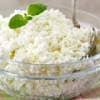 10 Low-Fat Cottage Cheese
10 Low-Fat Cottage Cheese| Calories per Oz | Calories per 100g |
|---|---|
| 81 calories | 72 calories |
More Cheese Low in Calories
- 19 calories in 1 tablespoon of cream cheese
- 44 calories in 1oz of non-fat cheddar
- 72 calories in 1oz of low-fat mozzarella
See all dairy foods low in calories.
Printable One Page Sheet
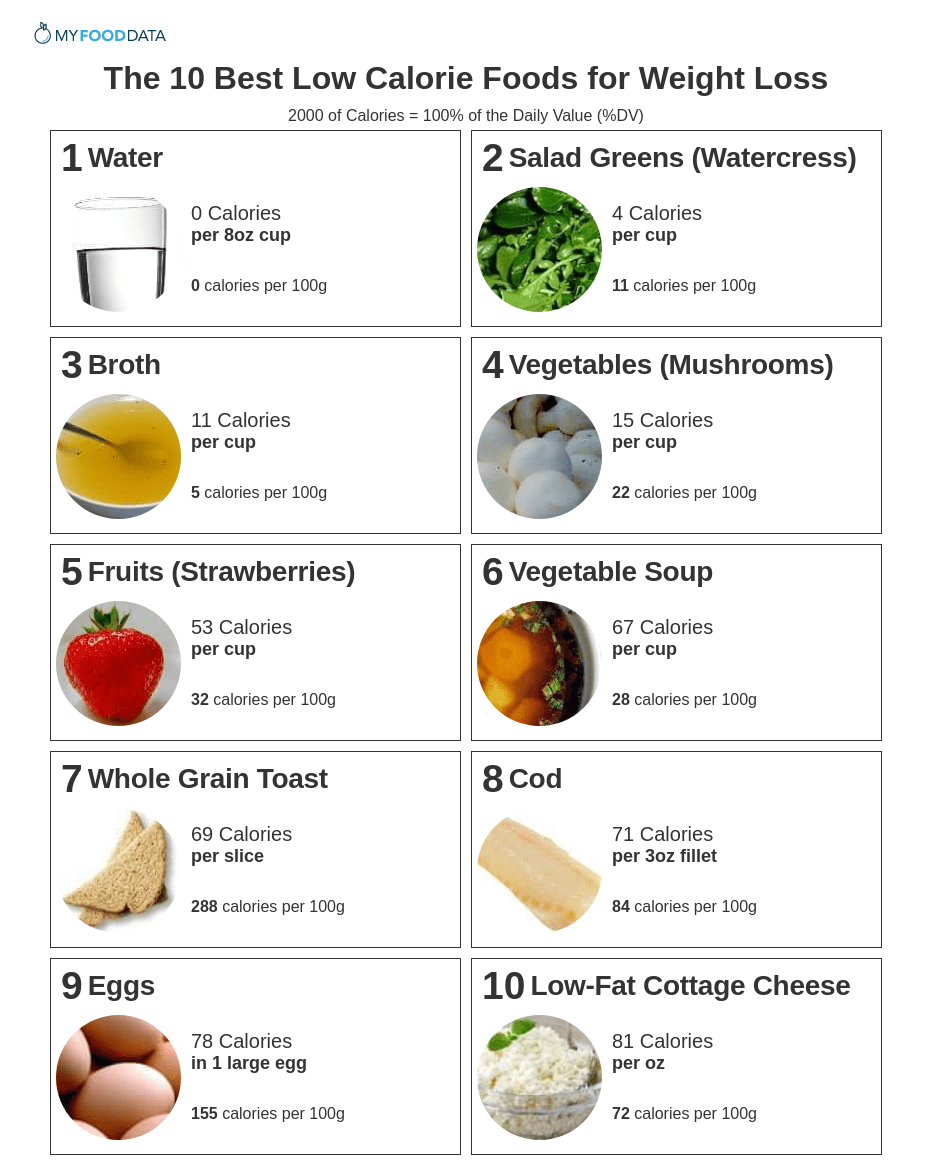
About the Data
Data for the curated food lists comes from the USDA Food Data Central Repository.
You can check our data against the USDA by clicking the (Source) link at the bottom of each food listing.
Note: When checking data please be sure the serving sizes are the same. In the rare case you find any difference, please contact us and we will fix it right away.
About Nutrient Targets
Setting targets can provide a guide to healthy eating.
Some of the most popular targets include:- Daily Value (%DV) - The daily value (%DV) is a general guideline for consumption that will prevent deficiency of a particular nutrient in most people. The %DV refers to the percentage of an amount that's found in a single serving of a food. It also accounts for absorption factors. It is set by the U.S. FDA.
- Recommended Dietary Allowance (%RDA) - The RDA sets an average daily dietary intake level that is sufficient to meet the nutrient requirements of nearly all (97.5%) healthy individuals. It's more specific than the daily value, and varies by age and gender. The RDA is set by the US National Institutes of Health.
- Reference Dietary Intake (%RDI) -The reference dietary intake is similar to the recommended daily allowance, but is specific to age and gender. The RDI for amino acids is set by the U.N. World Health Organization.
- Adequate Intake (%AI) - This value is primarily used in reference to omega-3 and omega-6 fats. The Adequate Intake is set by the U.S. Institute of Medicine. Because there is less evidence to determine the ideal targets for consumption of these nutrients, the specific amount is considered to be less reliable. Using the term Adequate Intake, rather than one of the other terms, helps to emphasize that the ideal intake of that particular nutrient has not yet been scientifically determined.
See the Guide to Recommended Daily Intakes for more information.
Want to set your own targets? Sign up for an account and set custom targets in the daily meal planner.From the Nutrient Ranking Tool
Use the ranking tool links below to select foods and create your own food list to share or print.
- Foods High in Calories
- Foods Low in Calories
- Vegetables High in Calories
- Fruits High in Calories
- Vegetarian Foods High in Calories
- Nuts High in Calories
- Grains High in Calories
- Beans High in Calories
- Dairy High in Calories
- Breakfast Cereals High in Calories
- Fast Foods High in Calories
View more nutrients with the nutrient ranking tool, or see ratios with the nutrient ratio tool.
Related
Data Sources and References
Try the recipe nutrition calculator, or daily meal planner.
Create a free account to log and track foods.
